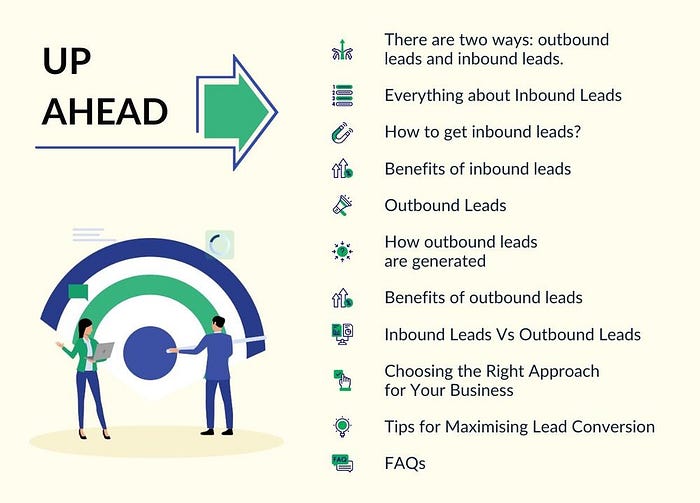
Deciding between Native apps, Hybrid apps, and Progressive Web Apps (PWAs)
Are you looking to build an app for your business but aren’t sure which direction to take? With the rise of mobile technology, deciding between Native apps, Hybrid apps, and Progressive Web Apps (PWAs) can feel overwhelming. Each of these approaches has its own strengths, weaknesses, and specific use cases.
So, how do you know which one is right for your business?
This article will break down the differences, advantages, and disadvantages of Native apps, Hybrid apps, and PWAs, helping you make an informed decision. If you need expert advice or development services, CodnestX can help you choose the perfect solution for your needs. Learn more about how CodnestX can guide you in app development here.
What Are the Differences Between Native, Hybrid, and Progressive Web Apps?
Before we dive into the specifics, it’s essential to understand the core differences between these three approaches.

- Native Apps: Built specifically for a particular platform (iOS, Android) using platform-specific languages like Swift or Kotlin.
- Hybrid Apps: Developed using web technologies like HTML, CSS, and JavaScript, then wrapped in a native container.
- Progressive Web Apps (PWAs): Web-based apps that provide a native app-like experience on any device through a browser.
Each has its unique advantages, but which one fits your business needs? Let’s explore!
1. Native Apps
The Power of Platform-Specific Apps
Native apps are developed for a specific operating system — iOS or Android. These apps are built using platform-specific programming languages (Swift for iOS, Kotlin for Android), which allows developers to take full advantage of the hardware and software capabilities of the device.
- Tip: Native apps are known for their superior performance and user experience.
2. Hybrid Apps
Balancing Between Web and Native
Hybrid apps are developed using a combination of web technologies like HTML, CSS, and JavaScript, but they are housed inside a native shell. This means they can be installed on devices just like native apps, but a significant portion of the codebase is shared across platforms.
- Tip: If you’re looking to cut development costs and time, hybrid apps might be the solution for you.
3. Progressive Web Apps (PWAs)
The Web Revolution in Your Pocket
PWAs are web applications designed to look and feel like native apps. They can be accessed through a web browser but offer many features similar to native apps, such as offline functionality, push notifications, and the ability to be installed on a user’s home screen.
- Tip: PWAs are ideal if you want to offer a seamless experience across both mobile and desktop without building separate apps.
Native Apps: Advantages and Disadvantages
Pros of Native Apps
- Performance: Since native apps are built specifically for one platform, they deliver the best performance.
- User Experience: Native apps offer a highly polished and responsive user interface.
- Access to Device Features: Native apps can easily access device features like the camera, GPS, and sensors.
Cons of Native Apps
- Costly: Developing separate apps for iOS and Android can get expensive.
- Time-Consuming: Building two different apps for two platforms can take more time.
Hybrid Apps: Advantages and Disadvantages
Pros of Hybrid Apps
- Cross-Platform: A single codebase works across multiple platforms, saving time and development costs.
- Faster to Develop: Because you’re only developing one app, it’s faster to get to market.
- Easy Maintenance: Maintaining a hybrid app is easier since updates can be pushed across all platforms at once.
Cons of Hybrid Apps
- Performance Issues: Since hybrid apps aren’t optimized for a specific platform, they may suffer from performance issues.
- Limited Access to Device Features: While hybrid apps can access some device features, they often don’t perform as well as native apps in this regard.
Progressive Web Apps: Advantages and Disadvantages
Pros of PWAs
- No Download Required: Users can access PWAs directly from their browser, eliminating the need for app stores.
- Cross-Platform Compatibility: PWAs work on any device with a modern web browser.
- Lower Development Costs: Because PWAs are built using web technologies, they are generally cheaper to develop.
Cons of PWAs
- Limited Device Integration: PWAs can’t access all native device features, such as advanced GPS functions or sensors.
- Not Available on App Stores: PWAs don’t get the visibility that native apps have on app stores, potentially limiting your audience.
Performance Comparison: Native vs Hybrid vs PWA

Which One Offers Better Performance?
When it comes to performance, native apps are the clear winner. They are optimized for their respective platforms and can take full advantage of the hardware. Hybrid apps and PWAs tend to lag behind because they rely on web technologies that aren’t as tightly integrated with the device.
- Tip: If performance is your top priority, native apps are the way to go.
Cost Comparison: Native vs Hybrid vs PWA
The Cost of Development
- Native Apps: Expensive because you need to build separate apps for different platforms.
- Hybrid Apps: More affordable, as a single codebase can run on multiple platforms.
- PWAs: The cheapest option, as they run in a browser and don’t require platform-specific development.
- Tip: Your budget can significantly influence your decision. If you have limited resources, consider hybrid apps or PWAs.
User Experience (UX): Native vs Hybrid vs PWA
Which Option Delivers the Best UX?
Native apps are known for providing the best user experience, thanks to their seamless integration with the platform’s UI. Hybrid apps can offer a good UX but may feel sluggish compared to native apps. PWAs offer an excellent web-based experience, but they can’t match the smoothness of a native app.
- Tip: If UX is a priority, a native app is the best choice, but PWAs come in a close second for web-focused experiences.
Security Considerations for Native, Hybrid, and PWAs
How Secure Are These Options?
Native apps offer the best security because they can leverage platform-specific security features like fingerprint authentication or secure storage. Hybrid apps are somewhat less secure due to their reliance on web technologies. PWAs face additional security risks, as they are web-based and subject to browser vulnerabilities.
- Tip: If data security is a concern, native apps provide the most secure option.
Scalability and Future-Proofing
Which Approach is Best for Growth?
If you’re planning to scale your app in the future, consider native apps for their long-term flexibility and support for advanced features. Hybrid apps can scale but may run into performance bottlenecks. PWAs are easier to scale but may face limitations as technology evolves.
- Tip: Choose the approach that aligns with your long-term business strategy.
Which Approach is Best for Your Business?
Ultimately, the decision between Native, Hybrid, and PWA boils down to your business needs. If you require high performance, access to device features, and top-notch UX, go with native. If you’re on a tight budget and need a cross-platform solution, consider hybrid. If you want to engage both mobile and desktop users through a web app, PWA might be your best bet.

How CodnestX Can Help You Choose the Right App Approach
Choosing the right app development strategy can be challenging, but CodnestX is here to help. Whether you’re looking to develop a Native app, Hybrid app, or PWA, CodnestX offers expert guidance to ensure you select the right solution for your business needs. They provide end-to-end development services to turn your vision into reality. Learn more about CodnestX’s services here.
Conclusion
Choosing between Native apps, Hybrid apps, and Progressive Web Apps (PWAs) depends on several factors like performance, cost, user experience, and scalability. Native apps deliver the best performance and UX but come at a higher cost. Hybrid apps offer a balance between development speed and platform compatibility, while PWAs provide a cost-effective way to deliver a near-native experience through the web.
Each approach has its place, and the best choice depends on your specific business goals and resources. Consider the pros and cons carefully, and don’t hesitate to reach out to experts like CodnestX for help in making your decision.
FAQs
1. What is the primary advantage of a Native app?
Native apps offer superior performance and seamless integration with platform-specific features, delivering the best user experience.
2. Are Hybrid apps cheaper to develop than Native apps?
Yes, hybrid apps are generally more affordable because they use a single codebase for multiple platforms, reducing development time and costs.
3. Can PWAs be listed on app stores like Native apps?
No, PWAs are not typically listed on app stores, which may limit their visibility. However, they can still be installed directly from a browser.
4. Which approach is better for a startup with a limited budget?
For startups with a tight budget, hybrid apps or PWAs offer cost-effective solutions while still providing cross-platform functionality.
5. How do I decide between a Native, Hybrid, or PWA for my business?
Your decision should be based on your priorities. If performance and user experience are key, go with native. If you’re on a budget and need cross-platform support, hybrid or PWA might be the right choice.
